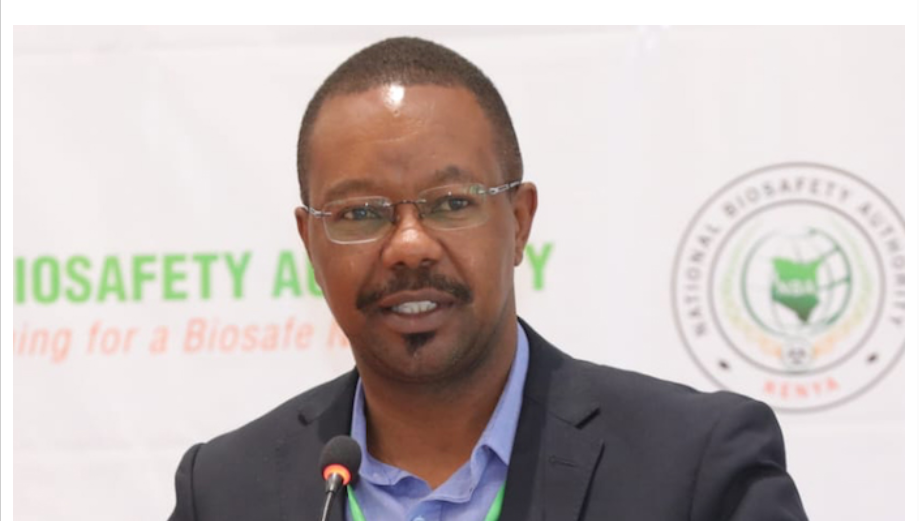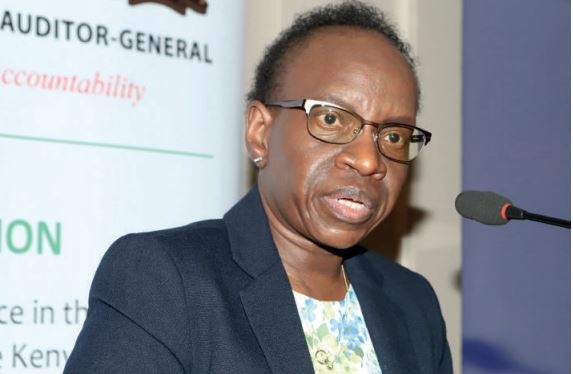

Local scientists are making significant strides in developing next-generation vaccines to combat livestock diseases, harnessing cutting-edge biotechnology and gene-editing tools.
Dr Martin Mwirigi, director of the biotechnology research institute at the Kenya Agricultural and Livestock Research Organisation, said researchers are seeking to produce safer, more effective animal vaccines that are developed and manufactured locally, using advanced biotechnology and gene editing to combat deadly diseases such as Rift Valley Fever (RVF) and African Swine Fever.
During the 13th Annual Biosafety Conference in Naivasha, Mwirigi said they are encouraging the development of vaccines using modern biotechnology.
The National Biosafety Authority recently approved field trials for genetically modified vaccines targeting RVF in cattle, goats, sheep and camels.
"In traditional vaccines, we use the entire virus or bacterium to trigger an immune response. But with biotechnology, we can isolate the specific components, proteins or antigens that stimulate immunity, without introducing the entire organism," Mwirigi explained.
This refined approach allows for the creation of subunit vaccines, which are safer and have fewer side effects.
For instance, the conventional RVF vaccine can cause abortions in pregnant animals. The subunit version, however, avoids this risk by targeting only the key immune-inducing part of the virus.
Kalro is working on several such vaccines, including those for RVF and Peste des Petits Ruminants (PPR), a viral disease affecting goats.
The biotechnology approach also opens the door for RNA- and DNA-based vaccines, which can provide longer-lasting immunity with improved safety profiles.
“Most of the vaccines we use in Kenya are produced locally, including conventional ones by the Kenya Veterinary Vaccine Production Institute. Biotech-derived vaccines will follow the same model developed and manufactured right here,” Mwirigi said.
He said RVF is a zoonotic disease, meaning it can be transmitted to humans, especially through handling or consuming raw animal products such as liver or blood.
“Vaccination programmes are critical, particularly after rainy seasons when mosquito populations and therefore transmission spike. PPR and Contagious Caprine Pleuropneumonia (CCPP) are also high on the priority list. PPR causes significant losses in goat farming due to high mortality and reduced productivity,” he noted.
The vaccine development process includes identifying target proteins, testing in lab animals, moving to larger animals, conducting field evaluations and ultimately applying for regulatory approval.
At the International Livestock Research Institute, researchers are using CRISPR-Cas gene editing to develop a promising new vaccine against African Swine Fever (ASF), a lethal viral disease that kills nearly all infected pigs within a week.
Dr Musa Mulongo, a vaccine development expert at Ilri, leads a multidisciplinary team of scientists working to find durable solutions for high-impact livestock diseases affecting low- and middle-income farmers.
“We’ve focused on understanding the ASF virus genome and knocking out genes linked to virulence. We’ve developed a live attenuated vaccine that provides 100 per cent protection against genotype 9 of the virus,” Mulongo revealed.
However, ASF has 24 known genotypes and current vaccine protection is genotype-specific.
“We’re not claiming a universal vaccine for all of Africa yet. But this is a promising foundation to expand protection to other strains,” he said.
Mulongo pointed out the complex journey of developing a vaccine from lab to field.
“Developing a vaccine takes 7–12 years for animals, and 10–20 years for humans. It starts in the lab, testing in mice or small animals, then progresses to the target species – pigs, goats, or cattle – and eventually to larger field trials,” he explained.
He said the process is tightly regulated.
For example, in Kenya, researchers work closely with the National Biosafety Authority for GM-related projects and the Veterinary Medicines Directorate for product registration.
“All vaccines go through rigorous testing and documentation before they reach the farmer. Nothing is released if there's any indication it could cause harm.”
Mulongo urged farmers to report any issues with vaccines to relevant veterinary authorities.
“Our collective goal as researchers, regulators and producers is to ensure farmers have access to safe, effective vaccines that protect their livestock and investments.”















